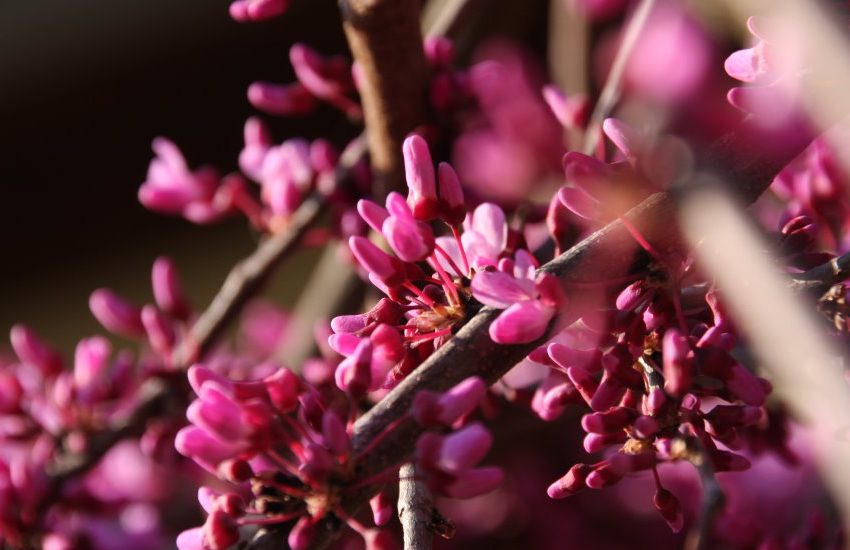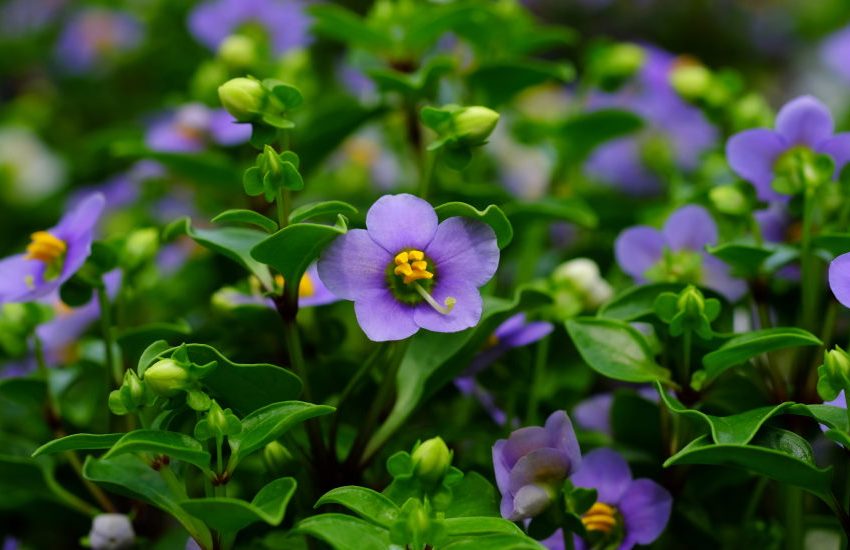Raised Bed Herb Garden: Tips for Planning and Planting
Raised bed herb gardens are a popular choice for those who want to grow fresh herbs in their backyard. These gardens are elevated beds that are filled with soil and compost, providing an ideal growing environment for herbs. They are easy to build, maintain, and harvest, making them a great option for both novice and experienced gardeners.

One of the main benefits of a raised bed herb garden is the ability to control the soil quality. By filling the bed with a high-quality soil mix, gardeners can ensure that their herbs are getting the nutrients they need to thrive. Raised beds also provide better drainage than traditional garden beds, which can help prevent soil compaction and waterlogging.
Another advantage of raised bed herb gardens is their accessibility. Since the beds are elevated, gardeners can work on them without having to bend over or kneel on the ground. This makes it easier to tend to the plants, weed, and harvest. Additionally, raised beds can be customized to fit any space, making them a great option for small yards or balconies.
Designing Your Raised Bed Herb Garden
When it comes to designing a raised bed herb garden, there are a few key factors to consider. This section will cover the important aspects of designing your raised bed herb garden, including choosing the right location, selecting materials for raised beds, and planning the layout of herbs.
Choosing the Right Location
One of the most important factors to consider when designing your raised bed herb garden is the location. The herbs you plant will need plenty of sunlight, so it’s important to choose a spot that gets at least six hours of direct sunlight each day. Additionally, good drainage is essential, so avoid areas that are prone to flooding or standing water.
Selecting Materials for Raised Beds
When it comes to selecting materials for your raised bed herb garden, there are a few options to choose from. Untreated wood is a popular choice, as it is affordable and easy to work with. Bricks and gravel are also good options, as they provide good drainage and can add visual appeal to your garden. Landscape fabric can be used to line the bottom of your raised bed to prevent weeds from growing through.
Planning the Layout of Herbs
Planning the layout of your herbs is an important step in designing your raised bed herb garden. Consider the height and width of each herb, as well as their growth habits and compatibility with other herbs. Group herbs with similar needs together, such as those that require more or less water. Consider adding companion plants, such as marigolds, to help repel pests and attract beneficial insects.
By considering these factors and carefully planning your raised bed herb garden, you can create a beautiful and productive outdoor space for growing herbs.
Growing and Caring for Herbs
Soil Preparation and Maintenance
Before planting herbs in raised beds, it is important to prepare the soil properly. The soil should be well-draining and rich in nutrients. One way to achieve this is by adding compost or potting mix to the soil. It is also recommended to add perlite to the soil to improve drainage. Mulching the soil can help to retain moisture and suppress weed growth.
To maintain the soil quality, it is important to regularly add compost or other organic matter to the soil. This will replenish nutrients and improve soil structure. It is also important to monitor the soil moisture levels and water accordingly.
Planting and Watering Techniques
When planting herbs in raised beds, it is important to space them properly to allow for adequate air circulation and prevent overcrowding. It is also recommended to group herbs with similar watering requirements together.
Watering should be done deeply and infrequently to encourage deep root growth. It is important to avoid overwatering, as this can lead to poor soil quality and pest problems.
Managing Pests and Diseases
Pests such as aphids, slugs, and spider mites can be a problem in herb gardens. One way to manage these pests is by regularly inspecting the plants and removing any affected leaves or plants. It is also recommended to use natural pest control methods such as neem oil or insecticidal soap.
Diseases such as powdery mildew can also be a problem in herb gardens. To prevent the spread of disease, it is important to remove any affected plants or leaves and practice good sanitation.
Harvesting and Pruning for Growth
Harvesting herbs regularly can help to promote growth and prevent overcrowding. It is important to prune herbs properly to encourage bushier growth and prevent legginess.
When harvesting, it is recommended to cut back no more than one-third of the plant at a time. This will allow the plant to recover and continue to produce new growth.


